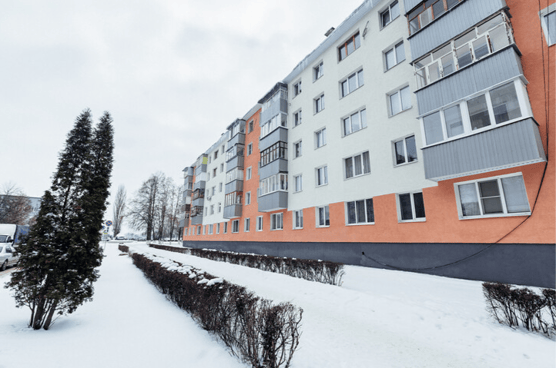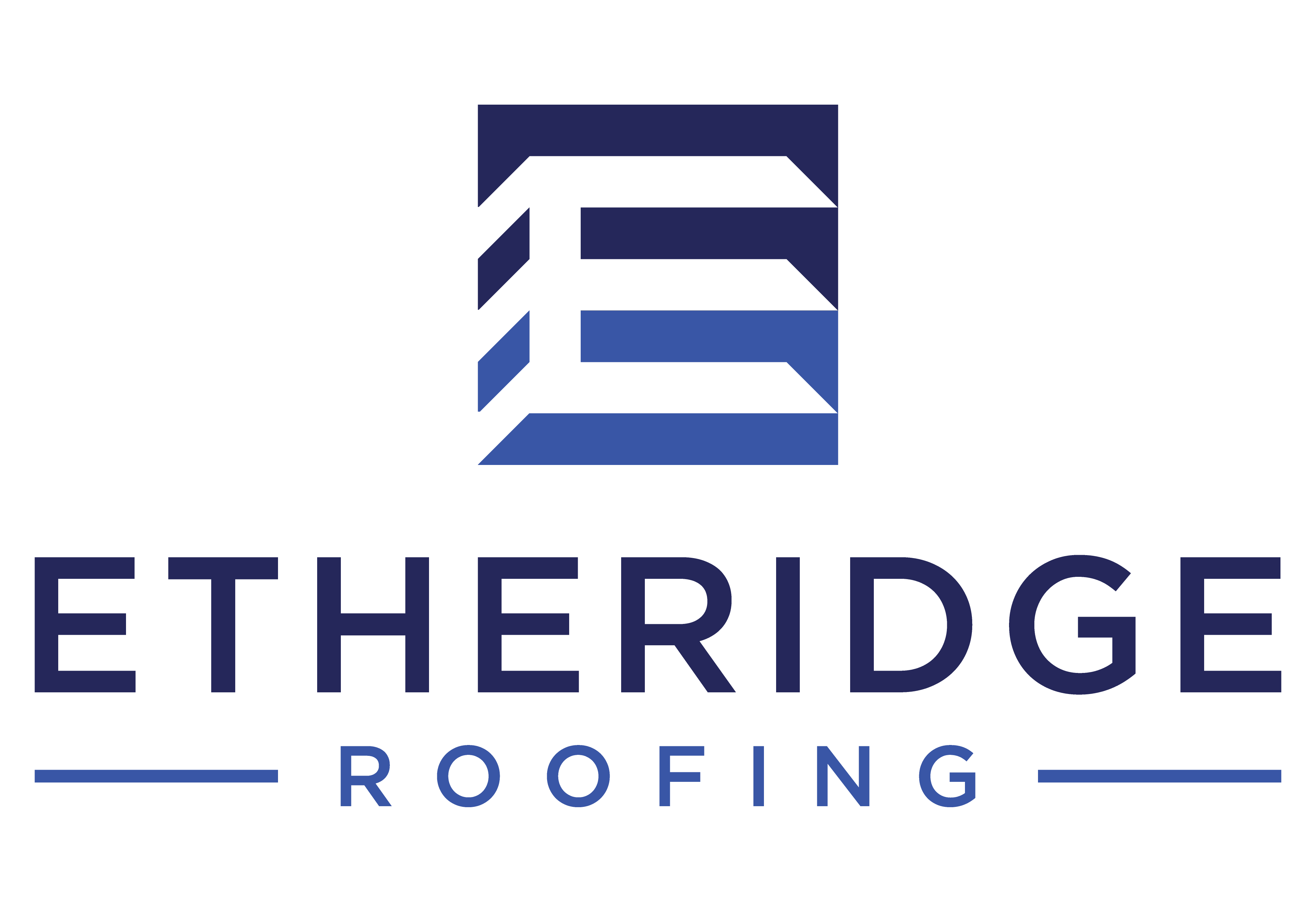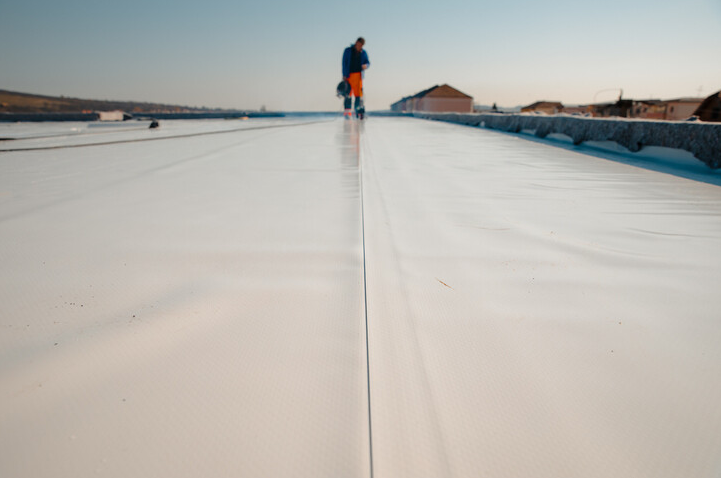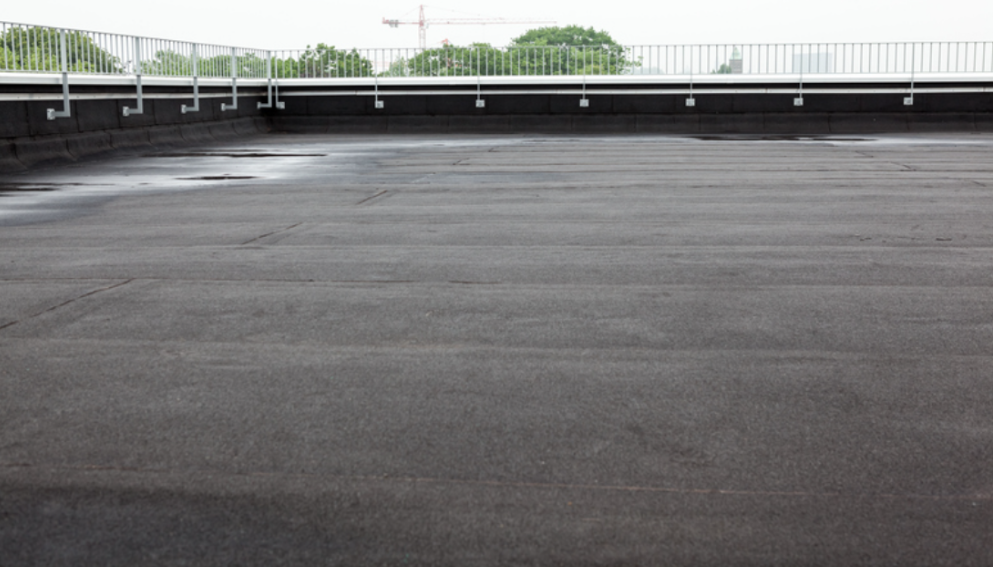Preventing Ice Dams on your Commercial Flat Roof
A commercial flat roof is a great option for any building, whether a warehouse, a restaurant or an office space. They're easy to maintain and provide extra space for pipes and ductwork. But there are some risks involved with flat roofs as well. Ice dams can form on your building if it doesn't have proper insulation or ventilation. These ice dams can lead to leaks inside the building, which can be dangerous for your employees, customers, and equipment. In this post, we will talk about how you can prevent ice dams from forming on your commercial flat roof.
Can flat roofs get Ice Dams?
First, what is an ice dam? An ice dam is a buildup of ice commonly found on the edge of commercial roofs.
A flat roof is not one hundred percent flat - it has a slight slope that allows water to flow into its drainage system. Ice dams are a common problem on many commercial flat roofs, especially those without proper ventilation. As we know, warm air rises, and proper ventilation allows this air to escape your building. When proper ventilation is not in place, your roof can experience uneven temperatures throughout its surface, causing ice to melt in certain areas and freeze in others. These colder areas can cause an accumulation of snow and running water that then turns into ice dams.
What are the possible consequences of Ice Dams on your flat roof?
-
Water penetrations.
-
Falling ice.
-
Warped floors.
-
Damaged inventory.
-
Weakened insulation.
-
Stained ceilings.
-
Peeling paint of indoor walls.
-
A full or partial roof collapse.
Ice Dam Prevention

-
Check your insulation.
Remember, uneven roof temperatures are the main cause of ice dams. We recommend you have a dependable roofing contractor check your insulation and advice you on whether you need a replacement or to add more than what you currently have.
- Check for proper ventilation.
Proper ventilation will push that rising warm, humid air out of your building and allow for cooler air to enter. This distributes an equivalent temperature throughout both your roof's surface and the interior of your building. This will cancel that “freeze in one spot and melt in another” process we mentioned earlier.
-
Regularly remove snow from your flat roof.
We recommend you have snow removed from your commercial flat roof every 3-6 inches of snowfall. This will evade the risk of ice dams and added stress to your roof’s surface.
The best thing you can do is to make sure your flat roof has the right materials, proper insulation, and ventilation. If you need help with this process, reach out to our team of experts at Etheridge Roofing. We will be happy to provide you with a free estimate as well as answer any questions you may have regarding ice dams on commercial flat roofs.
Posts by Tag
Recent Posts
Popular Posts
Selecting the appropriate roofing system is...
If you're looking for a green roofing solution...
Your roof is one of the most important parts of...
Recent Posts
With so many options available in the world of...
Understanding the signs of wear, evaluating the...







